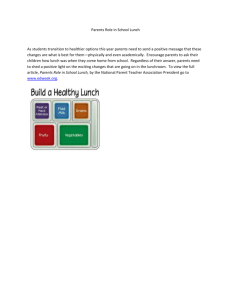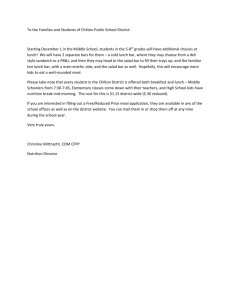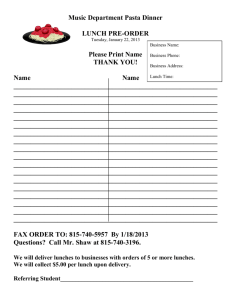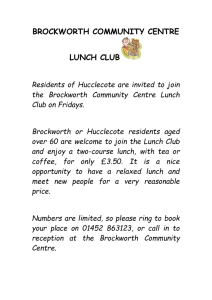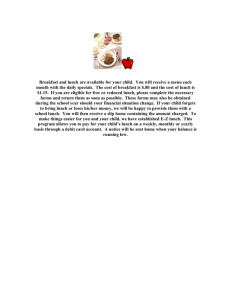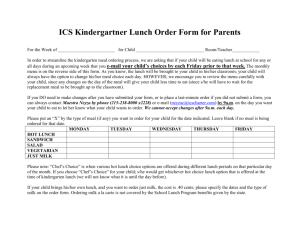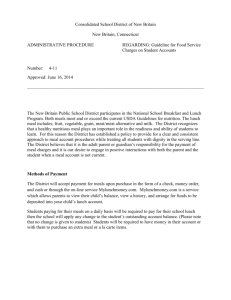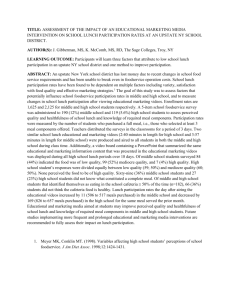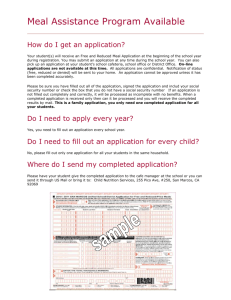Estimating your sales volume in a restaurant can be a challenge
advertisement
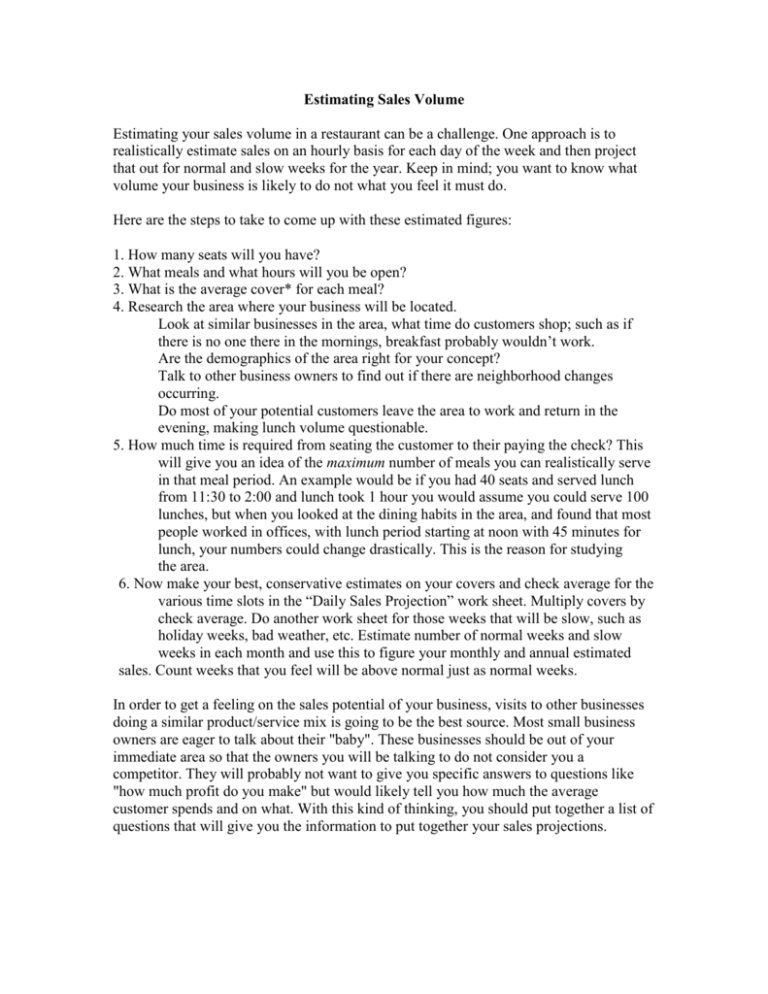
Estimating Sales Volume Estimating your sales volume in a restaurant can be a challenge. One approach is to realistically estimate sales on an hourly basis for each day of the week and then project that out for normal and slow weeks for the year. Keep in mind; you want to know what volume your business is likely to do not what you feel it must do. Here are the steps to take to come up with these estimated figures: 1. How many seats will you have? 2. What meals and what hours will you be open? 3. What is the average cover* for each meal? 4. Research the area where your business will be located. Look at similar businesses in the area, what time do customers shop; such as if there is no one there in the mornings, breakfast probably wouldn’t work. Are the demographics of the area right for your concept? Talk to other business owners to find out if there are neighborhood changes occurring. Do most of your potential customers leave the area to work and return in the evening, making lunch volume questionable. 5. How much time is required from seating the customer to their paying the check? This will give you an idea of the maximum number of meals you can realistically serve in that meal period. An example would be if you had 40 seats and served lunch from 11:30 to 2:00 and lunch took 1 hour you would assume you could serve 100 lunches, but when you looked at the dining habits in the area, and found that most people worked in offices, with lunch period starting at noon with 45 minutes for lunch, your numbers could change drastically. This is the reason for studying the area. 6. Now make your best, conservative estimates on your covers and check average for the various time slots in the “Daily Sales Projection” work sheet. Multiply covers by check average. Do another work sheet for those weeks that will be slow, such as holiday weeks, bad weather, etc. Estimate number of normal weeks and slow weeks in each month and use this to figure your monthly and annual estimated sales. Count weeks that you feel will be above normal just as normal weeks. In order to get a feeling on the sales potential of your business, visits to other businesses doing a similar product/service mix is going to be the best source. Most small business owners are eager to talk about their "baby". These businesses should be out of your immediate area so that the owners you will be talking to do not consider you a competitor. They will probably not want to give you specific answers to questions like "how much profit do you make" but would likely tell you how much the average customer spends and on what. With this kind of thinking, you should put together a list of questions that will give you the information to put together your sales projections. Some typical questions could be along line of: 1. What is the busiest time of day and how long does this busy time last? 2. What are the busy days? 3. How long does someone stay in the cafe? This will give you an indication of the number of "turns" you could expect in your busy times. 4. What seems to be the best selling items? 5. How often do your regular customers return? 6. What is the most effective marketing/advertising? You should visit at least 3-5 different locations at different times and different days of the week and ask basically all the same questions. You should see a pattern of answers and then use these as your basis. It is unlikely, particularly in the beginning, that your business will vary much from what other people are doing. While you are at these locations, you should look at the people that are their customers. Do they match-up with the type of customer that is in your business location? * A “cover” in the restaurant industry is the same as a person. Prepared by SCORE Chapter 10 San Francisco
